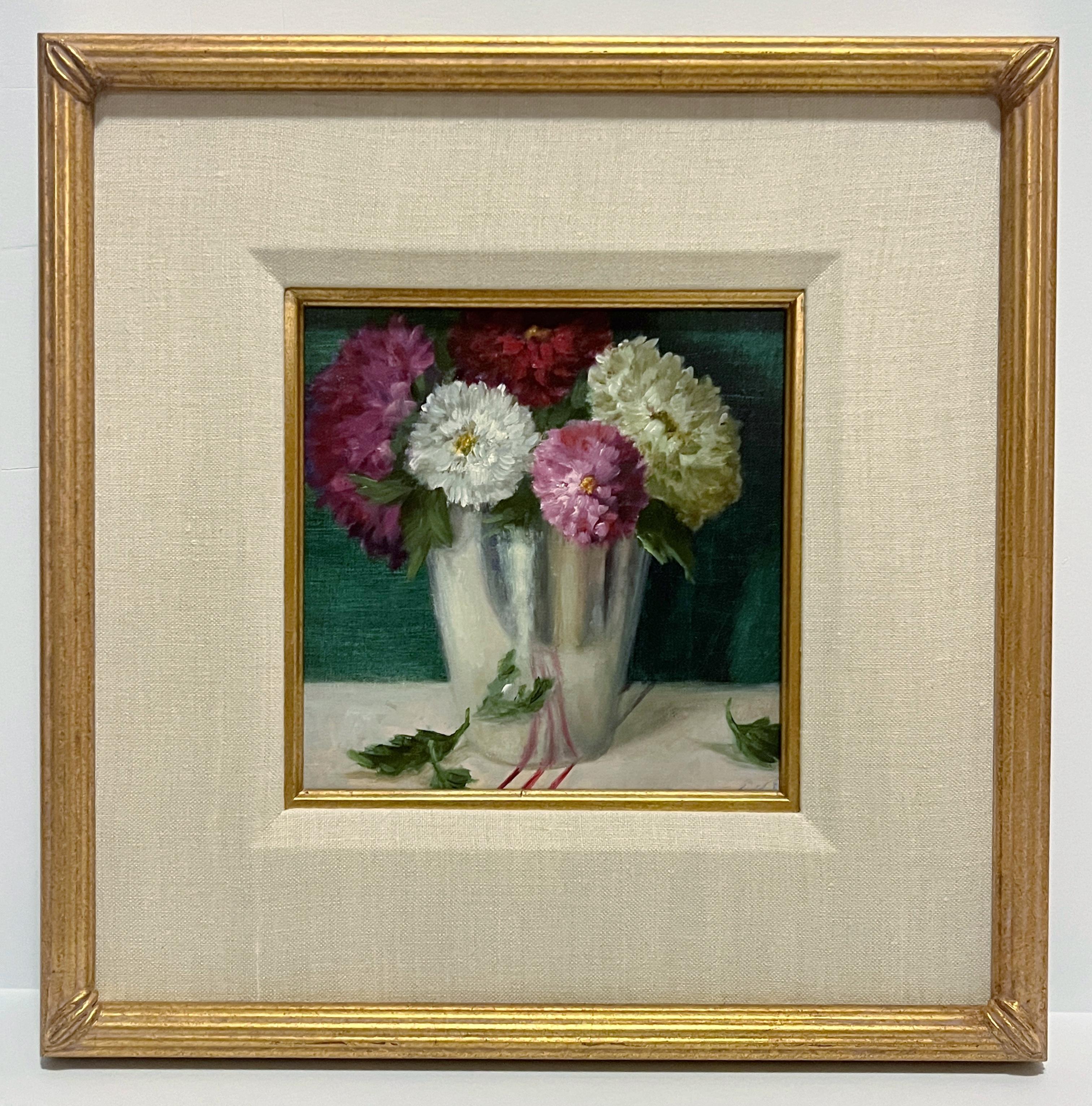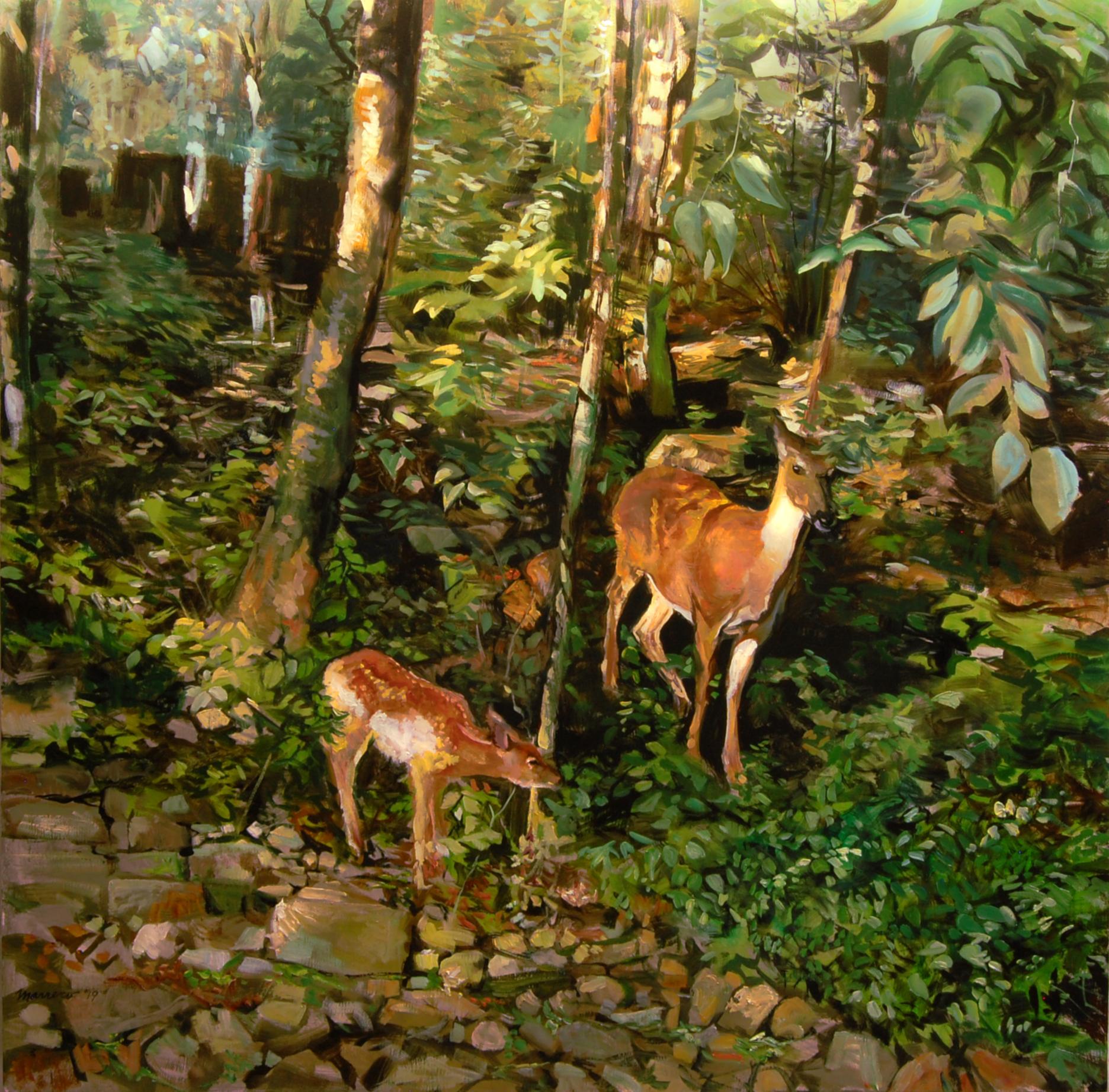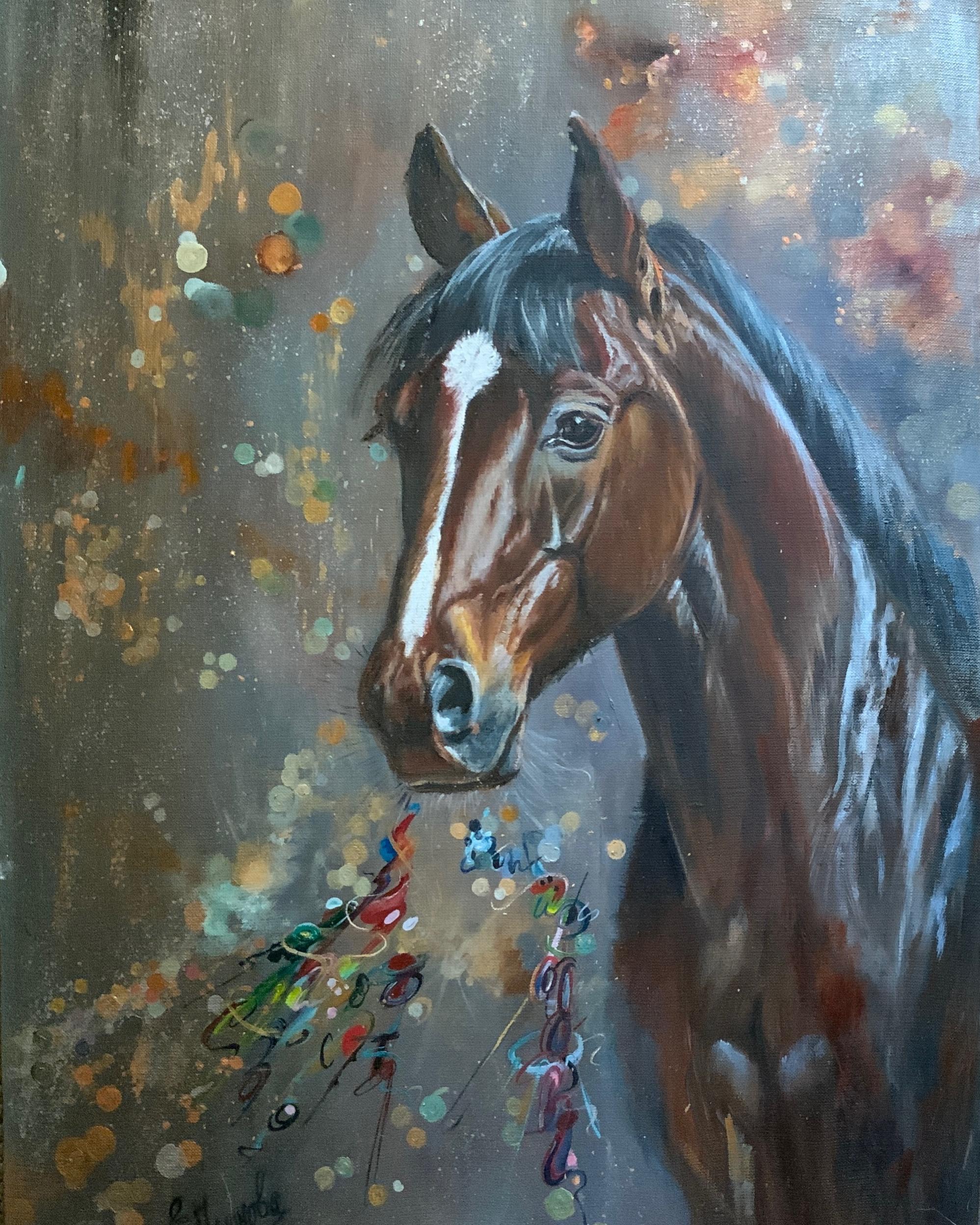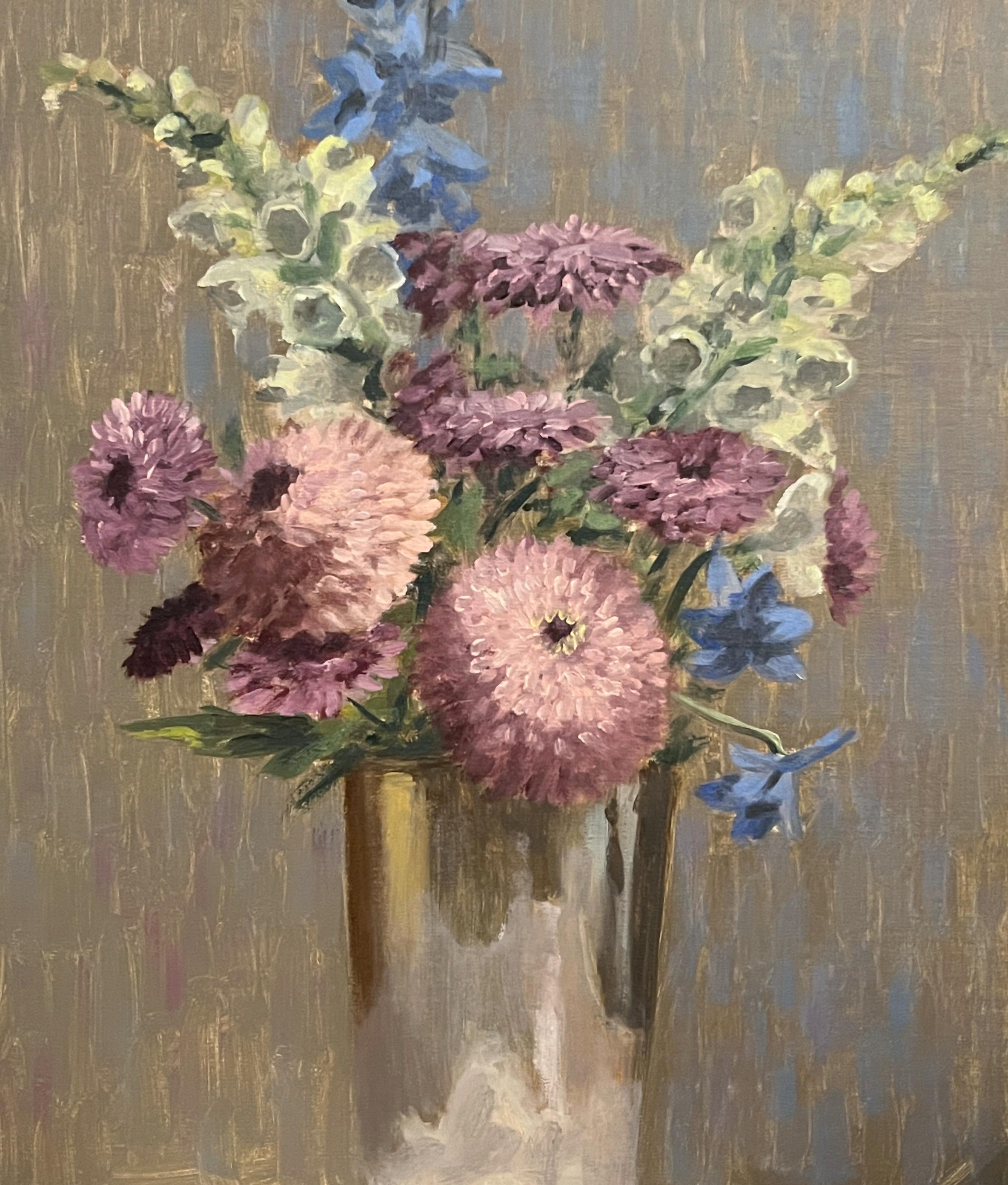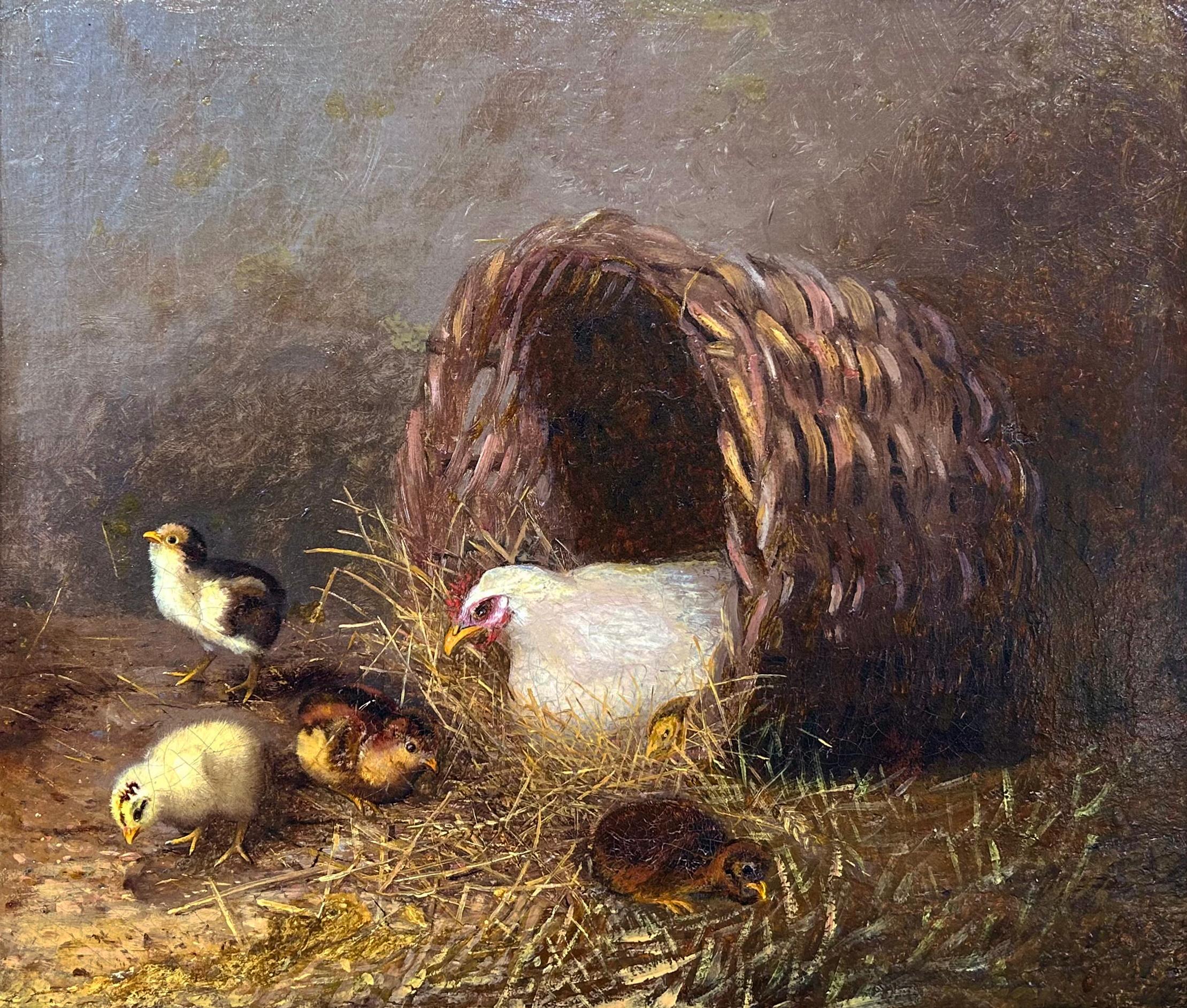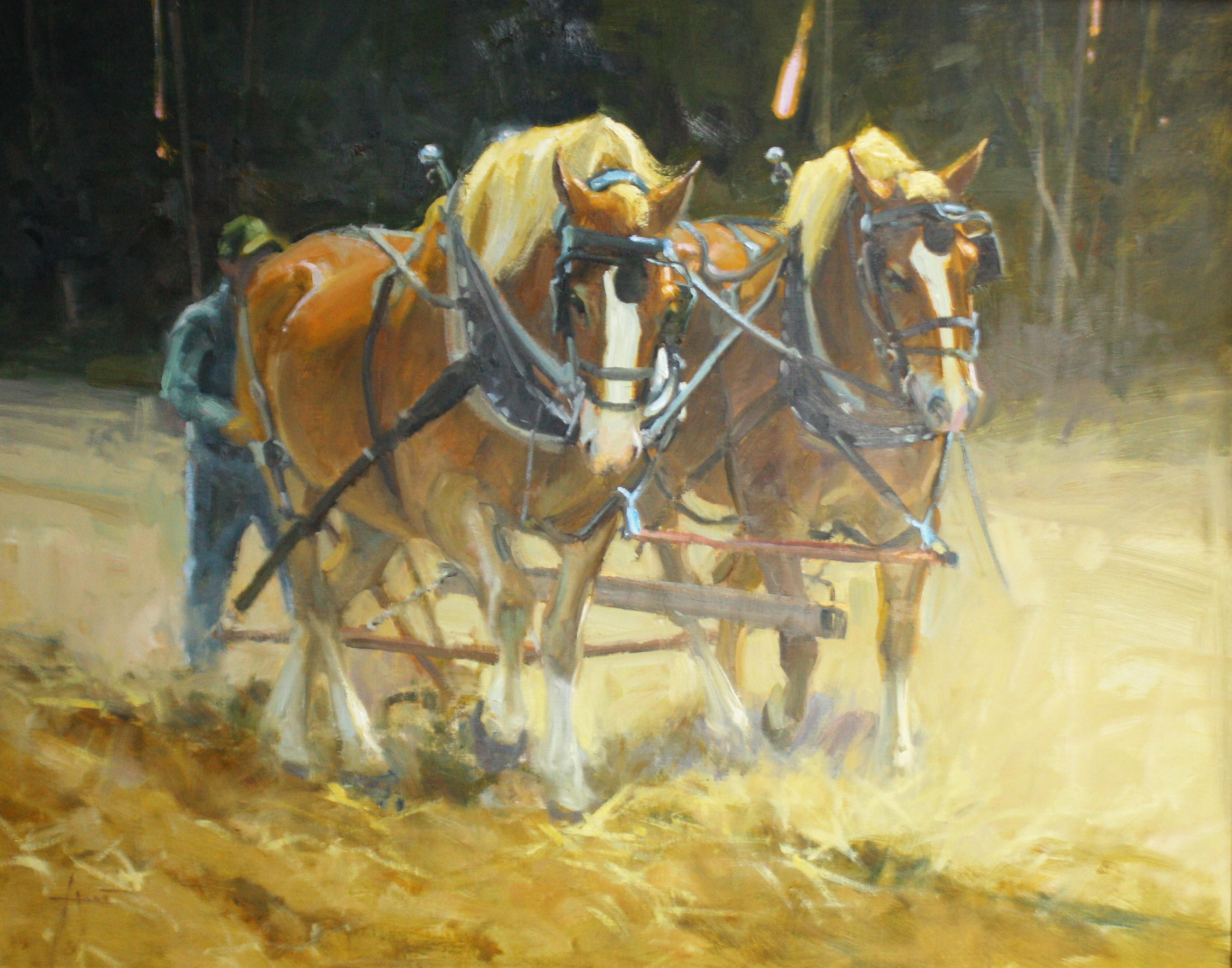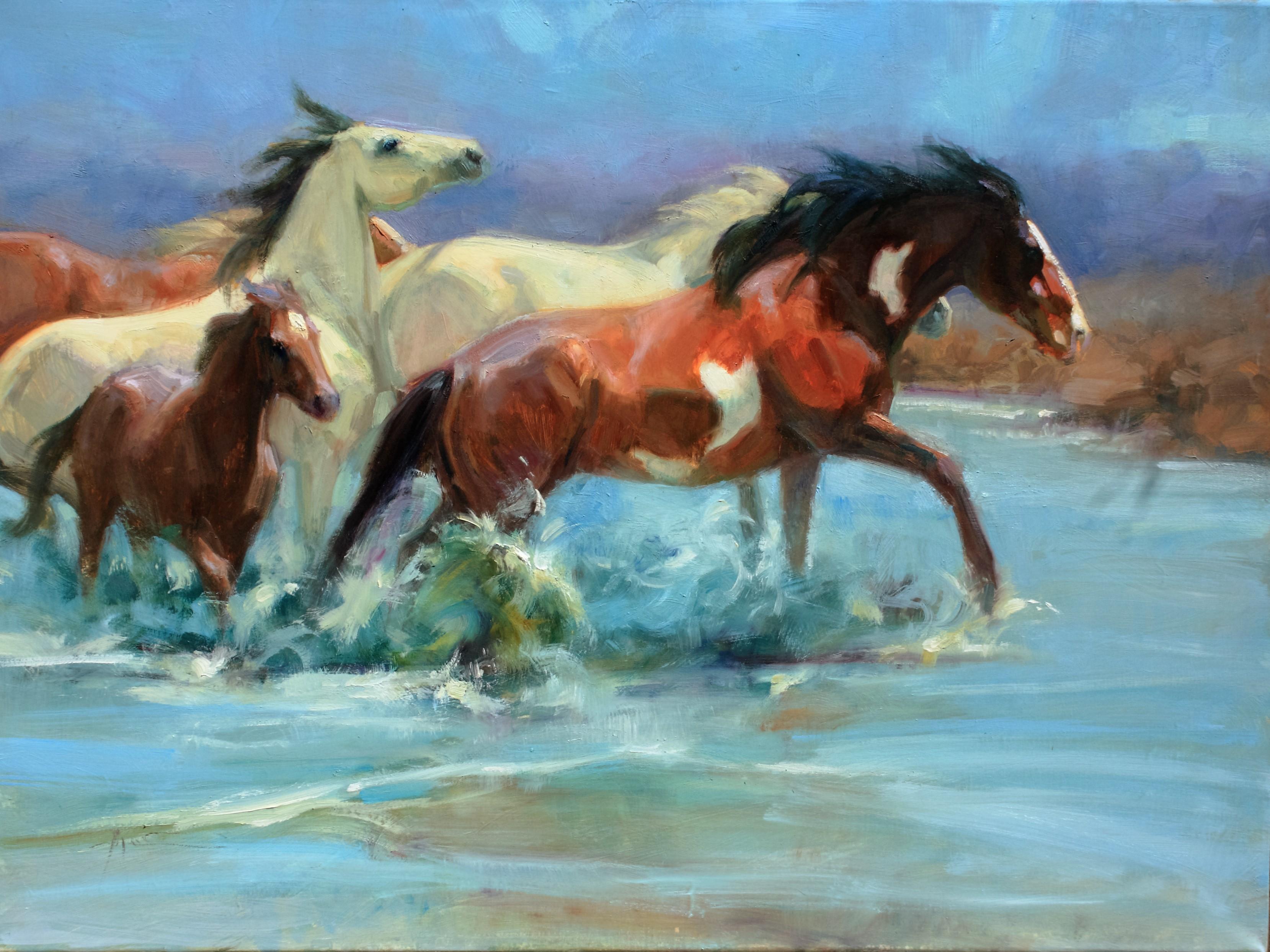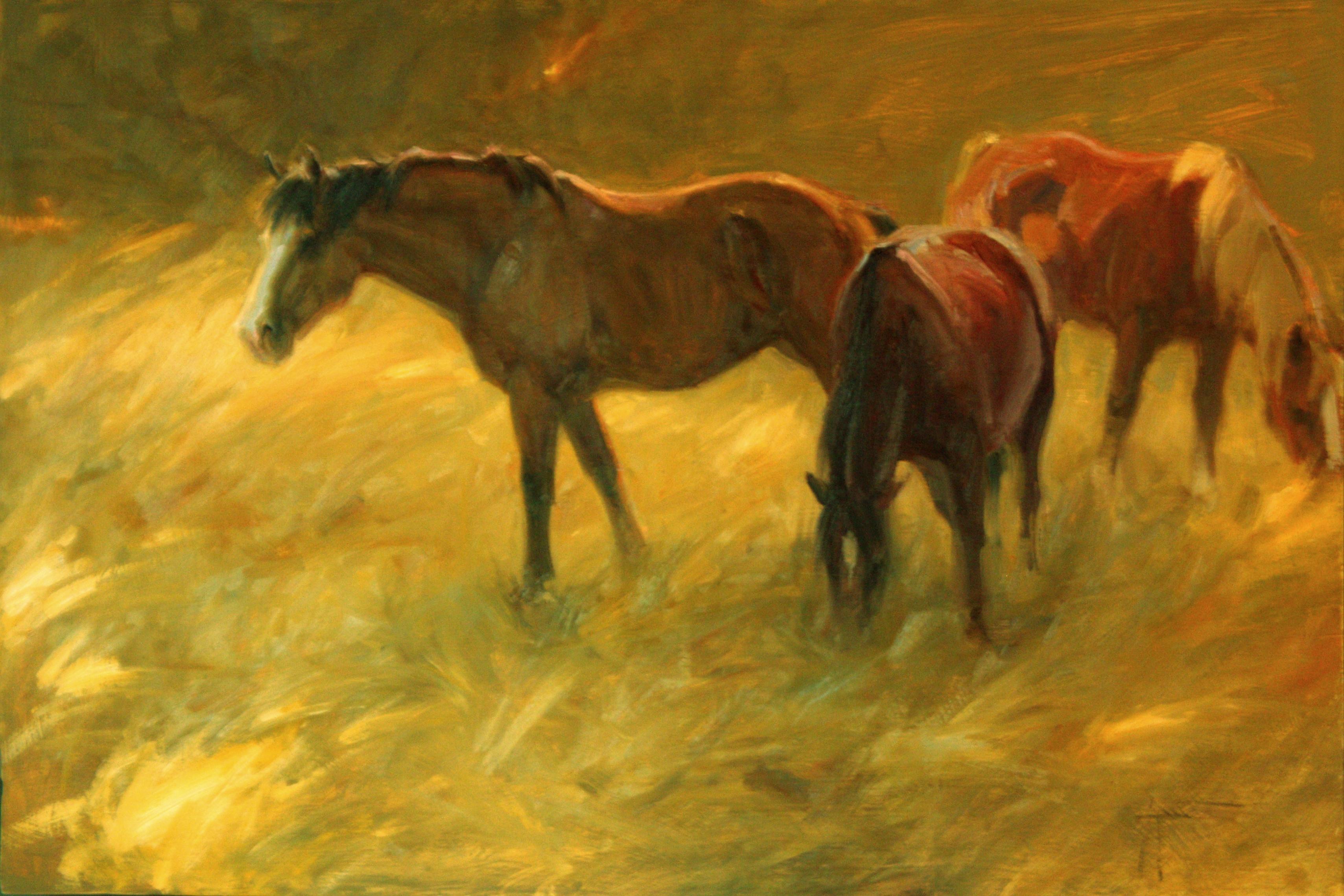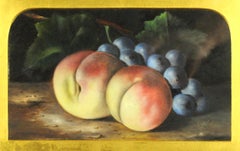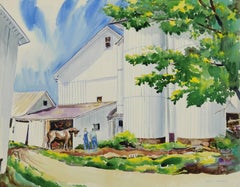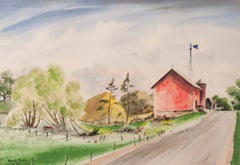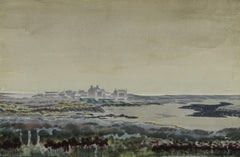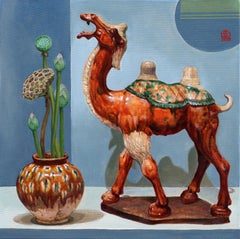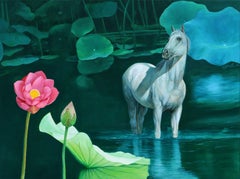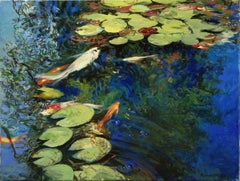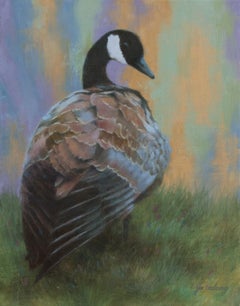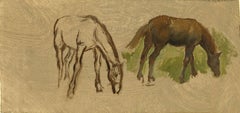
Oil Study of Two Horses
View Similar Items
Frederic A. BridgemanOil Study of Two Horsesc. 1880
c. 1880
About the Item
- Creator:Frederic A. Bridgeman (1847 - 1928, American)
- Creation Year:c. 1880
- Dimensions:Height: 4.13 in (10.5 cm)Width: 8.38 in (21.29 cm)
- Medium:
- Movement & Style:
- Period:
- Condition:
- Gallery Location:Fairlawn, OH
- Reference Number:Seller: FA65791stDibs: LU14015736692
More From This Seller
View All1890s American Realist Still-life Paintings
Oil
1950s American Realist Landscape Drawings and Watercolors
Watercolor
1940s American Realist Landscape Drawings and Watercolors
Watercolor
1940s American Realist Landscape Drawings and Watercolors
Watercolor
1940s American Realist Landscape Drawings and Watercolors
Watercolor
2010s American Realist Figurative Drawings and Watercolors
Watercolor
You May Also Like
Artist Comments
A ceramic camel sculpture and a vase with lotus flowers settle on the surface of artist Guigen Zha's realistic piece. These ornaments called Tang Sancai radiate vitality in the painting. "The reference of the Bactrian camel...
21st Century and Contemporary American Realist Animal Paintings
Oil
Artist Comments
Artist Guigen Zha paints a white horse wading along blooming lotuses in realistic detail. It stands quietly in the shallow waters as the moonlight dreamily glows on the pond. "It seems to have forgotten where it came from and where it is going," says Guigen. He conveys the message of loneliness being a different kind of beauty.
About the Artist
From cross-cultural life experiences, artist Guigen Zha presents conceptual compositions of traditional Chinese art...
21st Century and Contemporary American Realist Animal Paintings
Oil
Artist Comments
Artist Onelio Marrero displays a stunning koi pond in mesmerizing shades of deep blue and green. Part of his series of paintings exploring ponds, waterlilies,...
21st Century and Contemporary American Realist Animal Paintings
Oil
Artist Comments
A delicate portrait of a Canada goose against a pastel backdrop. "Spending time alone in nature is something I take advantage of whenever possible," shares ar...
21st Century and Contemporary American Realist Animal Paintings
Oil
Artist Comments
Two geese turn to regard the viewer along the grassy bank of a quiet lake. "Growing up with my older sister, my mom would always dress us in the exact same clothes," shares Jo Galang. "With the same haircut and similar looks, people would always mistake us for twins since we were almost the same size and height. It was fun back then but as we grew up, we each evolved into our own distinct personalities."
About the Artist
Artist Jo Galang expresses a quiet nostalgia in her airy interpretations of the landscapes and waterways of the Pacific Northwest. Her soft oil paintings capture the meditative sounds of rivers and waterfalls flowing past her easel. During the summer, she spends as much time as possible outside creating plein air sketches and studying the light on the landscape. As a young art student in the Philippines, Jo was privileged to study with the renowned painter Danilo Dalena, who she says encouraged her to be the artist she is today. "I believe my art looks simple enough that people have no idea how much time I have spent working on it," she says. When she is not painting, Jo and her husband enjoy taking road trips, playing cards and finding creative ways to spend time with their granddaughter.
Words that describe this painting: animals, birds, Canada geese, geese, lake, landscape, nature, summer, water, waterfowl, grass, classical, wildlife, animals, classical, realism, representational, oil painting, green
Two Peas in a Pod...
21st Century and Contemporary American Realist Animal Paintings
Oil
Artist Comments
A solitary black swan leisurely glides on a tranquil pond in artist Guigen Zha's allegorical rendering. The still waterscape ripples from the delicate movemen...
21st Century and Contemporary American Realist Animal Paintings
Oil
